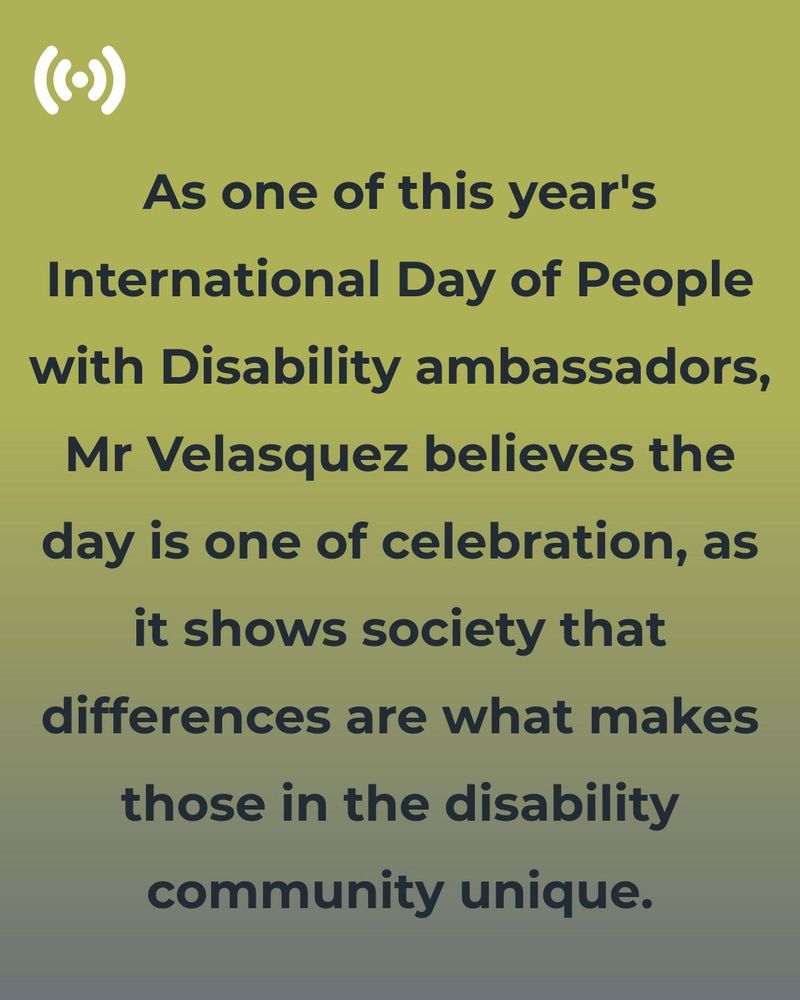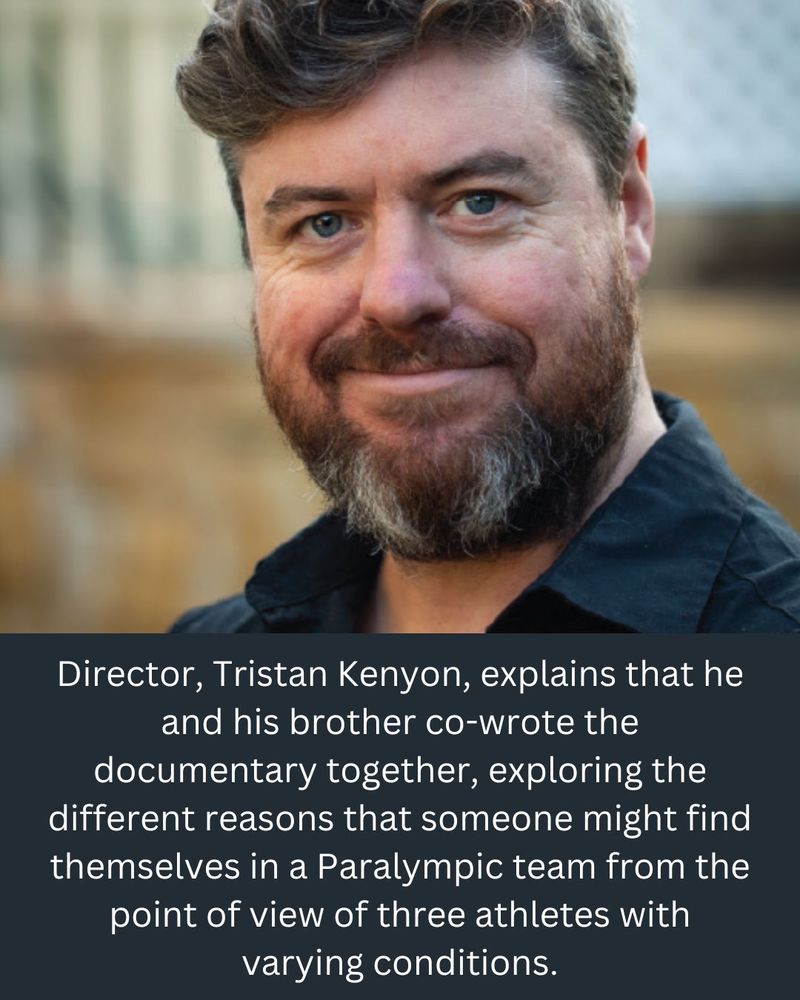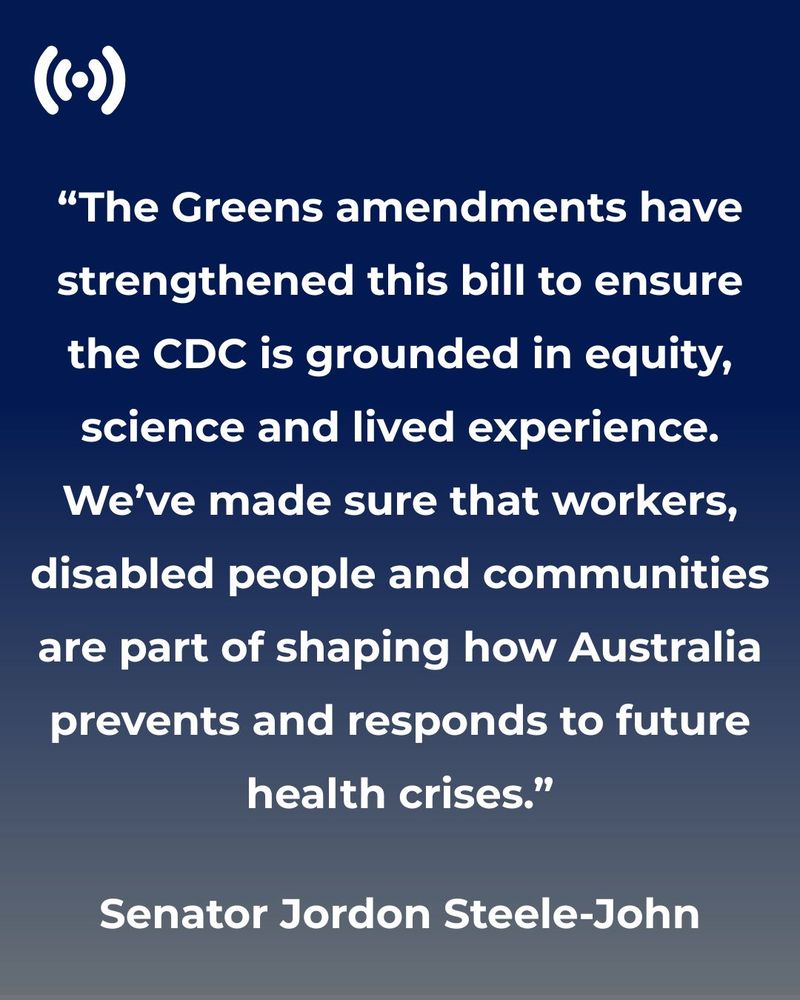https://powerd.media/
After a car accident in 2001 left me a quadriplegic, paralysed from the chest down with completely paralysed hands, I not only lost my mobility, but also my identity and the freedom to express myself through fashion.
Read more from Carol Taylor: https://loom.ly/4MZ2stU




After a car accident in 2001 left me a quadriplegic, paralysed from the chest down with completely paralysed hands, I not only lost my mobility, but also my identity and the freedom to express myself through fashion.
Read more from Carol Taylor: https://loom.ly/4MZ2stU
Read more: https://loom.ly/juVfNyA
#IDPwD #IDPwD2025



Read more: https://loom.ly/juVfNyA
#IDPwD #IDPwD2025
Read more: https://loom.ly/-_Kzom8




Read more: https://loom.ly/-_Kzom8
Consultations are open until December 22nd.
Read more: https://loom.ly/eR-HcAo



Consultations are open until December 22nd.
Read more: https://loom.ly/eR-HcAo
Read more: https://loom.ly/DutqvD0



Read more: https://loom.ly/DutqvD0
Read more: https://loom.ly/X3BvKw4
#NDIS #NDIA #AusPol


![Text reading: “His [Mr Head’s] distinguished career speaks for itself and his expertise will be invaluable as we continue to reform the scheme.” Jenny McAllister, Minister for NDIS. And a photo of Jenny McAllister, a smiling woman with short hair in a red jacket and black shirt.](https://cdn.bsky.app/img/feed_thumbnail/plain/did:plc:t5xbhqeaqzxzjhf65ii2cmbu/bafkreicnspe3rraqetjcpa455f5e5sgrlwyjhf22n2ucqg23nv2wjsntey@jpeg)

Read more: https://loom.ly/X3BvKw4
#NDIS #NDIA #AusPol
Be sure to check out the full post: https://loom.ly/zWKkMuI




Be sure to check out the full post: https://loom.ly/zWKkMuI
Read more: https://loom.ly/a4F1_X4
#NDIS #ThrivingKids #ICAN #FoundationalSupports




Read more: https://loom.ly/a4F1_X4
#NDIS #ThrivingKids #ICAN #FoundationalSupports
Read more: https://loom.ly/0z78ROs
Alt text is available on all images.
#Disabilty #Doctor #DisabledDoctor




Read more: https://loom.ly/0z78ROs
Alt text is available on all images.
#Disabilty #Doctor #DisabledDoctor
Read more: https://loom.ly/91N_Xo8
#CDC #AusPol




Read more: https://loom.ly/91N_Xo8
#CDC #AusPol
Read more: https://loom.ly/MbO9Drk
#FoodInsecurity #FoodBank #FoodBankHungerReport




Read more: https://loom.ly/MbO9Drk
#FoodInsecurity #FoodBank #FoodBankHungerReport
Read more: https://loom.ly/q16S5tQ
Alt text is available on all images.
#SocialMedia #SocialMediaBan #AusPol




Read more: https://loom.ly/q16S5tQ
Alt text is available on all images.
#SocialMedia #SocialMediaBan #AusPol
Read more: https://loom.ly/ZUZPFY8

Read more: https://loom.ly/ZUZPFY8
Read more from Jodie about how Wally enriches her life: https://loom.ly/4Yy2_kI
Alt text is available on all images.
#ChronicIllness #Arthriits #Pet #Pets




Read more from Jodie about how Wally enriches her life: https://loom.ly/4Yy2_kI
Alt text is available on all images.
#ChronicIllness #Arthriits #Pet #Pets
Check it out now: https://loom.ly/1n-5NyU
#AccessiblePodcast #Podcast #AccessIdeasAndInsights #Disability #Arts #AccessibleArts



Check it out now: https://loom.ly/1n-5NyU
#AccessiblePodcast #Podcast #AccessIdeasAndInsights #Disability #Arts #AccessibleArts
Read more: https://loom.ly/RnlEz6M

Read more: https://loom.ly/RnlEz6M
Check it out at https://loom.ly/9OKmM0Y or on check it out on Powerd Media: https://loom.ly/FPt5xdA
#AccessiblePodcast #Podcast #AccessIdeasAndInsights #Disability




Check it out at https://loom.ly/9OKmM0Y or on check it out on Powerd Media: https://loom.ly/FPt5xdA
#AccessiblePodcast #Podcast #AccessIdeasAndInsights #Disability
Content Note: mention of suicide in the full article.
Read more: https://loom.ly/Kxc5VmI
#Disability #Genetics #ConnectiveTissue




Content Note: mention of suicide in the full article.
Read more: https://loom.ly/Kxc5VmI
#Disability #Genetics #ConnectiveTissue
Read more: https://loom.ly/m0TRo0Q
#Disability #HumanRights #AusPol #NSWPol




Read more: https://loom.ly/m0TRo0Q
#Disability #HumanRights #AusPol #NSWPol
Read more: https://loom.ly/F_fCnhg
#Disability #Inclusion #SocialMedia #Ableism


Read more: https://loom.ly/F_fCnhg
#Disability #Inclusion #SocialMedia #Ableism
Read more: https://loom.ly/rEFXPTM
#Disability #SocialMedia #Ableism




Read more: https://loom.ly/rEFXPTM
#Disability #SocialMedia #Ableism
Read more of Noora’s lyrical post on art, disability, being a refugee, and Australia: https://loom.ly/RjBb--U
#Disability #Accessibility #Inclusion #Refugee #Art




Read more of Noora’s lyrical post on art, disability, being a refugee, and Australia: https://loom.ly/RjBb--U
#Disability #Accessibility #Inclusion #Refugee #Art
Read more: https://loom.ly/uau09gQ
#Disability #Accessibility #Inclusion




Read more: https://loom.ly/uau09gQ
#Disability #Accessibility #Inclusion
https://loom.ly/0WrTAH4
https://loom.ly/0WrTAH4
Read more: https://loom.ly/L8to4yo
#Disability #Accessibility #Inclusion #Advoacy



Read more: https://loom.ly/L8to4yo
#Disability #Accessibility #Inclusion #Advoacy

